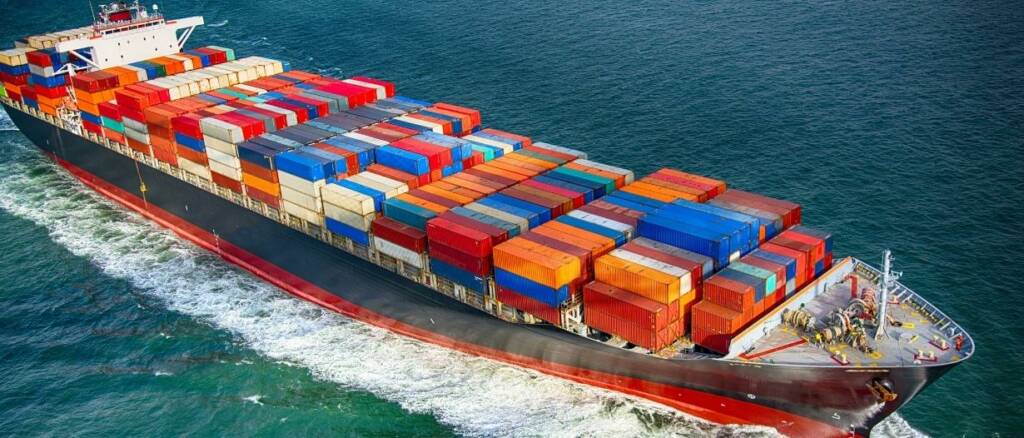Estimated reading time: 3 minutes
International trade may be global, but often markets need localised solutions to best drive development.
At the International Trade and Forfaiting Association’s (ITFA) 48th Annual International Trade and Forfaiting Conference in Porto, Trade Finance Global’s (TFG’s) Deepesh Patel sat down with Nelli Kocharyan, head of international relations and trade finance at Converse Bank, to discuss tactics to facilitate trade and development around the world.
In this conversation, an example of the Armenian market is referenced, where trade finance is becoming an increasingly popular financing instrument as businesses become more aware of both its utility and the options available.
With increased awareness helping Armenian companies control their risks better, other countries might also benefit from customised approaches to exporting.
In particular, we will look at how trade finance institutions and the proliferation of trade finance as an asset class can encourage growth in emerging markets and landlocked countries.

Protecting emerging markets during economic crises
When the macroeconomic environment takes a turn for the worst, it is often emerging markets that feel the impact earlier and harder than their more developed counterparts.
According to Nelli, this can be attributed to much more than a lack of skill and knowledge in these regions––instead, she argues that it is actually due to their rapid growth.
The rapid growth that many emerging economies experience, while generally considered to be an excellent factor for development, makes them more susceptible to market shocks.
This is less to do with the underlying veracity of the businesses located within these markets and more to do with the perception held by investors and financial institutions that they carry more risk.
As uncertainties emerge around the world, investors tend to reduce their risk appetite, with emerging markets often being those most affected.
This creates further feedback loops since a lack of investment makes it difficult for these nations to improve their underlying standing.
This is an area where multilateral development banks and international financial institutions can act as a stop-gap and provide coverage and guarantees in emerging markets to continue encouraging investment even during uncertain times.
Landlocked countries
Similar to emerging markets, landlocked countries are in unique positions when it comes to international trade and their need for support.
This is because they must inherently rely on overland routes through other countries in order to access the seaports needed to export their products to the broader global market.
This amplifies the risks associated with border and customs issues, requiring better management and facilitation in order to streamline all of the logistics that occur at the ports and the borders.
Trade finance banks have a role to play in this because they have the resources and expertise to help firms with these efforts, something that can lead to reduced costs and will ultimately make the underlying businesses and assets more appealing to investors.
Evolution of trade finance as an asset class
Trade finance as an asset class has the potential to bring new competition into the market, which should help streamline the processes and lead to enhanced levels of service.
This is because it will encourage capital from adjacent and potentially even unrelated industries to be activated within the trade finance sphere.
Added capital will help to close the $1.7 trillion trade finance gap––bringing more opportunities to emerging markets and smaller organisations that may otherwise be left out.
The technical needs for the facilitation of trade finance’s growth as an asset class will also drive digital investment into the space.
This has the potential to stretch into other corners of the industry and help to drive digital innovation for some of the related trade finance instruments and services.
 Australia
Australia Hong Kong
Hong Kong Japan
Japan Singapore
Singapore United Arab Emirates
United Arab Emirates United States
United States France
France Germany
Germany Ireland
Ireland Netherlands
Netherlands United Kingdom
United Kingdom














Comments are closed.